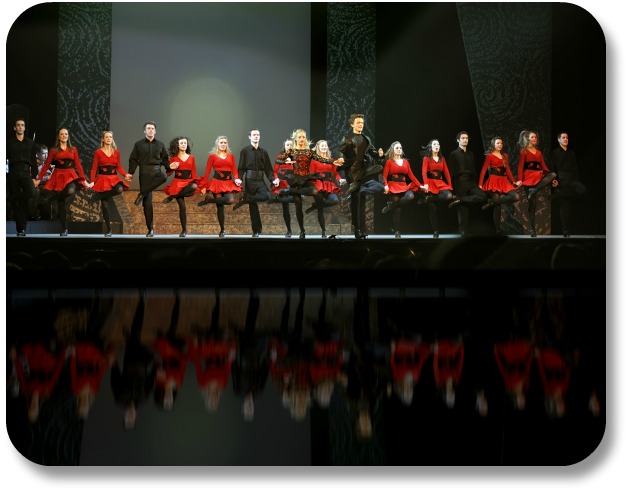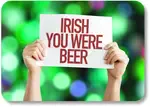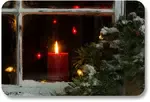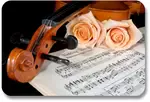- Home
- Irish Customs
- Riverdance Music
Riverdance Music: An Unforgettable Celebration of Irish Culture and Heritage!
If you go to see a performance of Riverdance music, don't expect to see anybody shaking their booty! The core of the show is traditional Irish step-dancing, involving intricate footwork and leg movements, with a mostly still upper body.
Want a true online Irish experience?
Click here to start your fun, free IE Passport Journey!
The show got its name in 1994 when Moya Doherty created an act to fill time while judges tallied their votes for the Eurovision Song Contest.
She had Bill Whelan compose the music, which he called "Riverdance.” She also used traditional Irish dancers for the number.
It was such a hit that not only did Riverdance music rise to number one on the charts, the public clamored for more and the show went on the road in 1995.
Riverdance Music:
Some Interesting Facts About the Show
The original male dancer was Michael Flatley who eventually left at the producer’s request (we have no idea why).
Flatley landed on his feet (so to speak) with his own dance productions, “Lord of the Dance” and “Feet of Flames.”
Jean Butler, Flatley's female dance partner, also left the show two years later and made her own show, “Dancing on Dangerous Ground.”
However, there are plenty of troupes to perform Riverdance music on an international scale. Three of these are the Liffey Company in Europe and Asia, the Lagan Company in North America and the Shannon Company, also in North America on Broadway.
What's it All About: Act I
“Riverdance” music isn’t just stick-straight bodies and dynamic footwork; it’s a story about the Irish heritage.
The first act is about the settling of Ireland. The main number starts with a soft shoe dance called the “Dance of the Riverwoman.”
The Riverwoman meets the land that’s now awakening and beginning to grow. A hard tap solo represents the Earthrise that eventually throws itself into the sea.
From that point, the rest of the first act has to do with settling Ireland. It includes many of the Irish
legends.
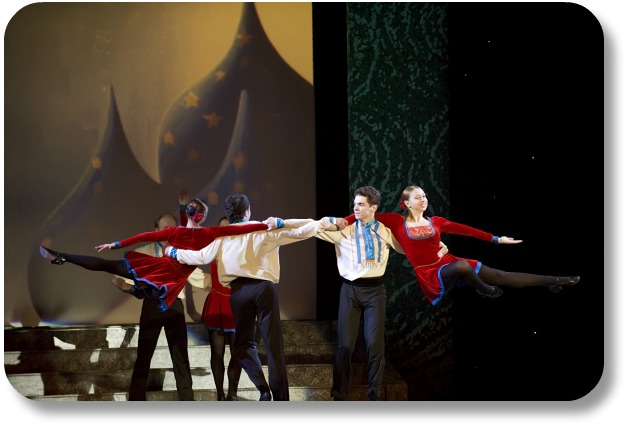
What's it All About: Act II
The second act takes the Irish to the New World where they intermingle with other cultures.
The numbers performed in the second act vary by the version you see. In Europe, there are five numbers not in the American version.
These numbers are “Harlem to Hollywood,” which features three black tap dancers, “Andalucia,” featuring flamenco dancing, “Macedonia Morning,” a Russian dance, “Hope to the Suffering,” a gospel song and “An Chuifhionn,” a flute solo.
Many of the musical numbers are in Gaelic, which makes it even more intriguing.
In fact, one song, “Shivna,” comes from an old Gaelic poem about an Irish chieftain that must roam forever in the woods with an old crone, due to the curse of a bishop. Many have tried to translate the poem but failed because of its difficulty.
Something To Try...
If you want to get a real feel for “Riverdance” music, put on some Irish sounds and wildly tap your feet but keep your upper body perfectly still (make sure nobody that matters is watching you at this moment).
We suspect you’ll last five minutes at the most, or if you’re like me, more like 15 seconds! Step-dancing is one of the most demanding of Irish expressions.
Or if you want to leave it to the professionals, you can see it in action here.
Want More Irish Traditions?
It is probably obvious - at Irish Expressions, we love Irish traditions! Expressing ourselves through Irish-themed activities gives us a deeper sense of connection with Ireland, wherever in the world we happen to be!
Over the years, we have created many downloadable, share-able Irish games, puzzles, recipes, songbooks, quizzes, and much, much more.
Want them right now? Keep reading to learn about "Your Irish Expressions Playbook."
What's Next?
At Irish Expressions, our our goal is simple: to provide you with a unique Irish experience, on demand, wherever you are in the world.
If you have enjoyed our section on fun Irish trivia and customs, you have probably been exposed to many of the most exciting traditions that Ireland has to offer!
Will that entice you to visit Ireland - or to return if you have already been?
We hope so!
But even if that is not possible, you can still enjoy the magic of Ireland in these pages. Check out the links at the top of the page for simple instructions on how to explore Irish landmarks, sing Irish songs, enjoy Irish food, and much more!
More Fun With Irish Expressions
Congratulations on learning more about the Emerald Isle and discovering what we like to call your "Irish Side." You may be thinking "I'd love to actually VISIT Ireland but that's really not in the cards right now. What am I supposed to do with the stuff I just learned?"
Well never fear! Since 2007 we have collected all of the best printable, shareable resources we could find, to help you put your new knowledge of Ireland to good use. We've put them all together in a single download we call "Your Irish Expressions Playbook," which contains over 100 pages of games, puzzles, recipes, songbooks, quizzes, travel guides and much, much more.
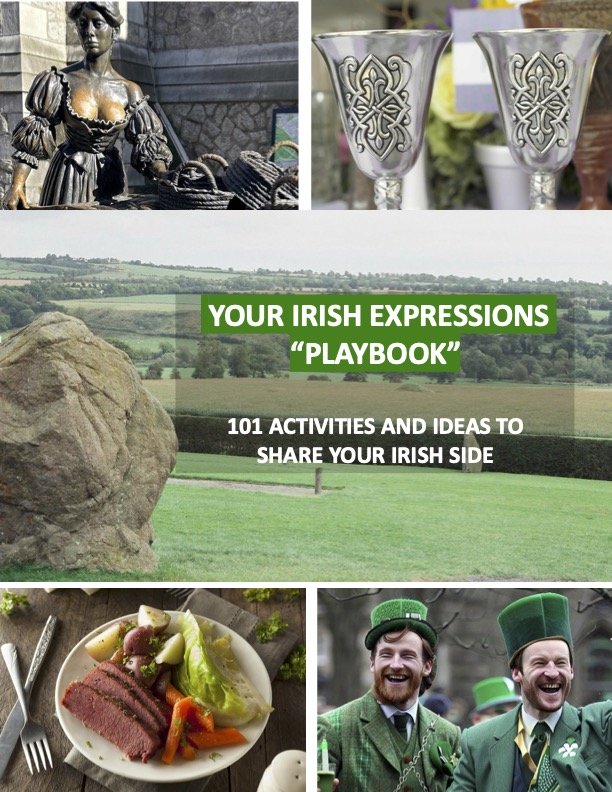
Purchase them ALL for one small price, print as many copies as you like and share them with your friends - with no limitations! But order soon - we are already adding to the Playbook for future editions and this price will not last long.
Oh, want one more reason to order right away? If you buy YOUR copy of the Playbook now, you will be allowed to upgrade to any new future edition for FREE.
PRO TIP: Be sure to click the 'return to merchant' button following checkout, to ensure you are routed to the page where you can download your Playbook. Any issues? Just reach out to us at support@irish-expressions.com and we will make it right.
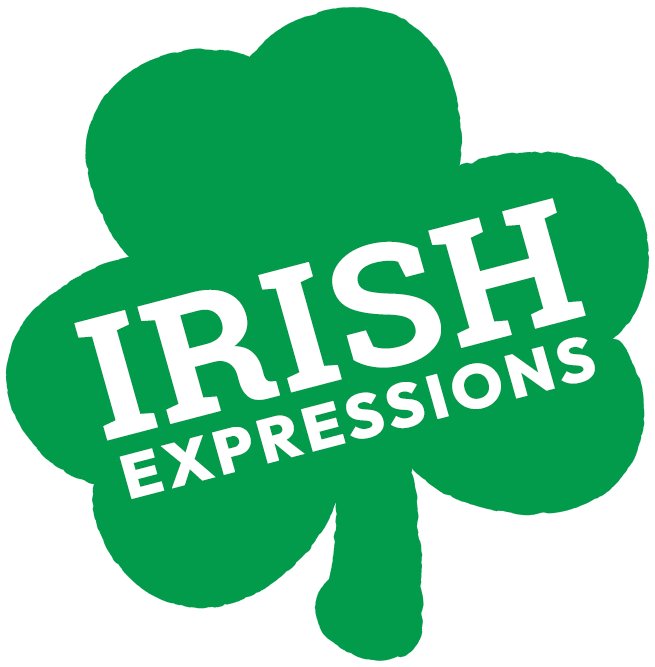
Please Share Your Feedback
Did we miss anything? Is there a topic you would like us to cover in the future? Tap HERE to let us know!
